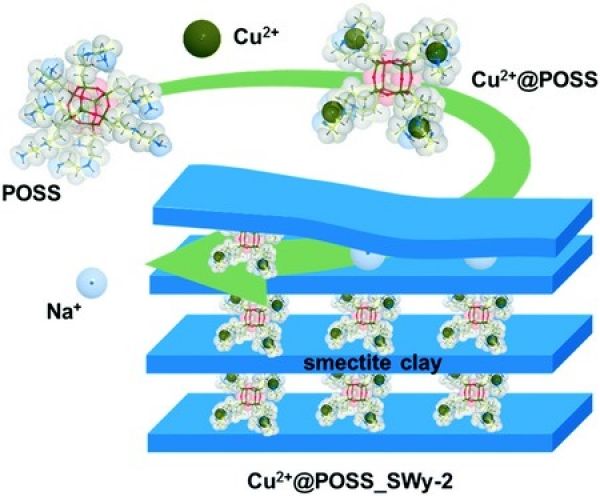By creating neatly spaced slits in a clay mineral, University of Groningen Professor of Experimental Solid State Physics Petra Rudolf was able to filter water to remove a toxic herbicide.
By creating neatly spaced slits in a clay mineral, University of Groningen Professor of Experimental Solid State Physics Petra Rudolf was able to filter water to remove a toxic herbicide. After removing the pollutant by heating the material, the clay can be reused. Together with colleagues from Greece, Rudolf presents this proof of principle study in the journal Environmental Science Nano.
A chance meeting at the Groningen branch of Zonta, an organization of professionals empowering women worldwide, led Rudolf to a research question. ‘At this meeting, I got into a conversation with another member and she asked me about my work.’ This member was Hilde Prummel, Director of Waterlaboratorium Noord (Northern Water Laboratory). When she heard that part of Rudolf’s research work involves producing materials with pores that can absorb specific substances, she shared a problem that she encountered in water quality control.
In the Northern region of the Netherlands, a lot of sugar beets are grown. On these fields, the herbicide chloridazon is widely used. This compound is toxic to humans, does not break down in nature and will eventually seep into the groundwater. Chloridazon concentrations in groundwater are currently below the safety threshold but as it is persistent in the environment, they are expected to increase. ‘Water purification plants can break down chloridazon using UV light – but the breakdown products of chloridazon are also toxic,’ explains Rudolf.
Read more at University of Groningen
Image: Schematic representation of the production of the modified clay . CREDIT: Feng Yan et al.




